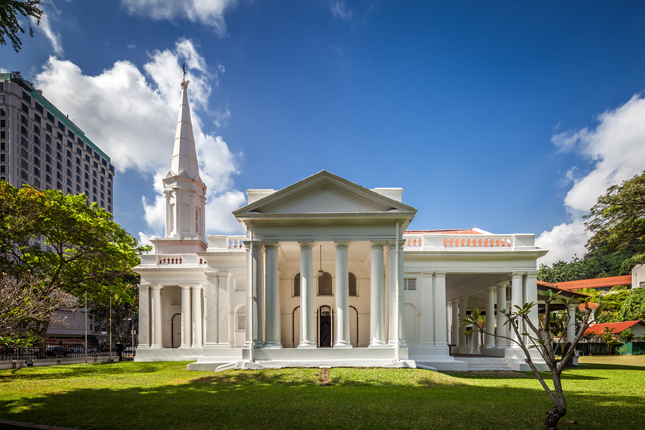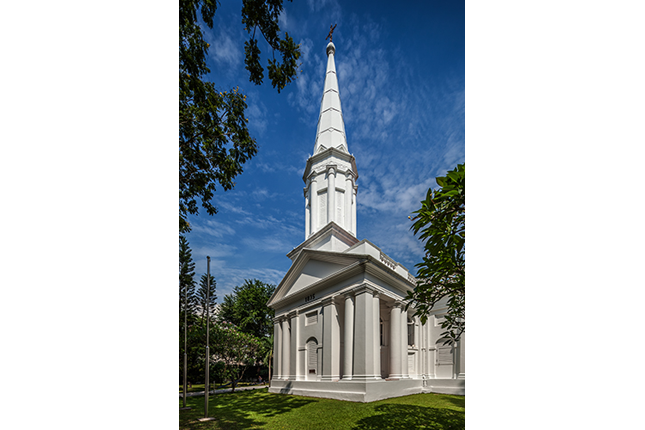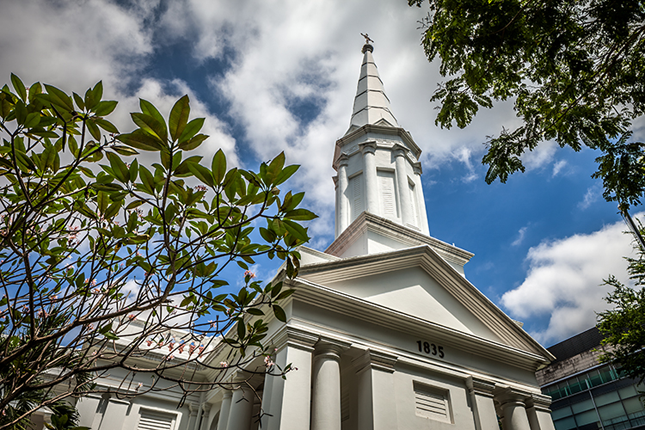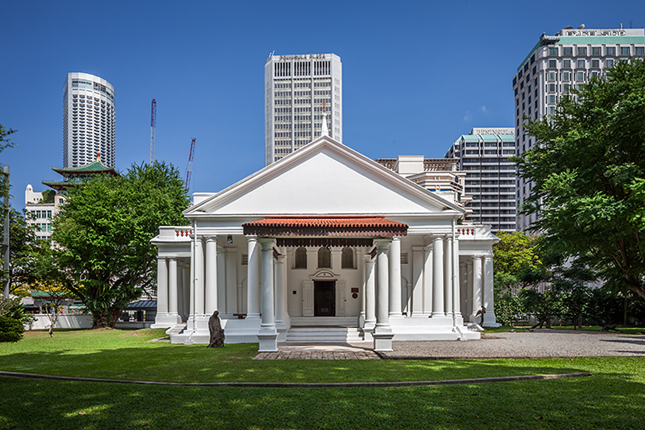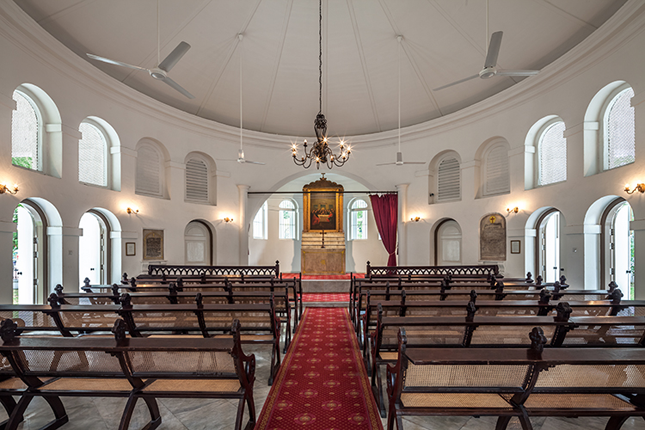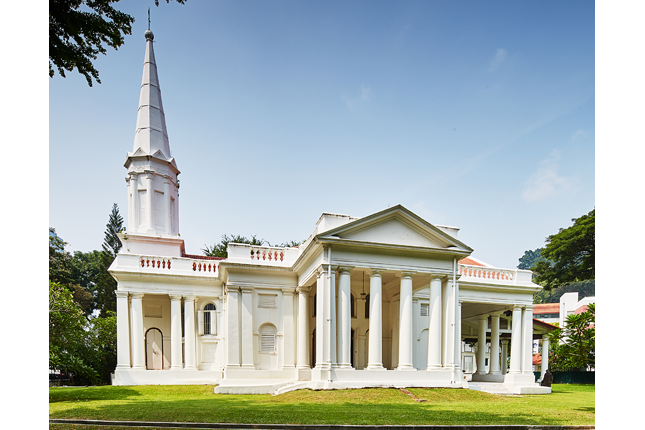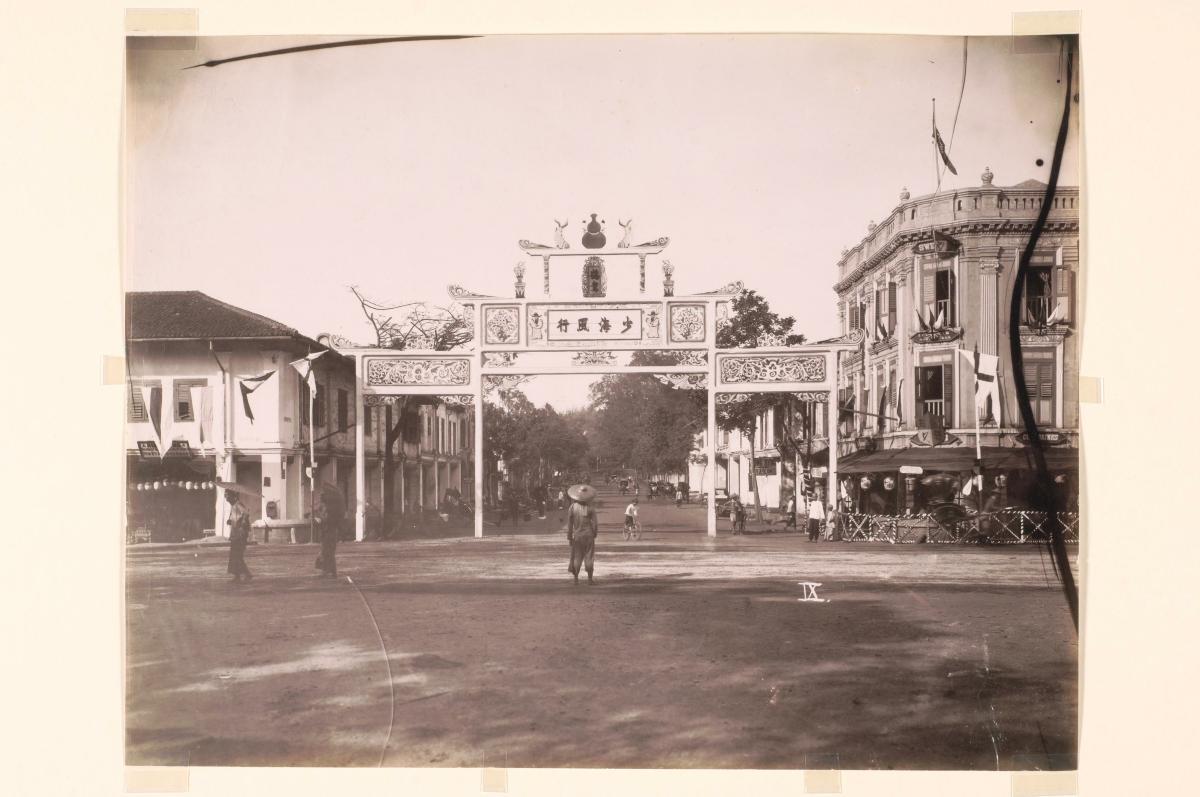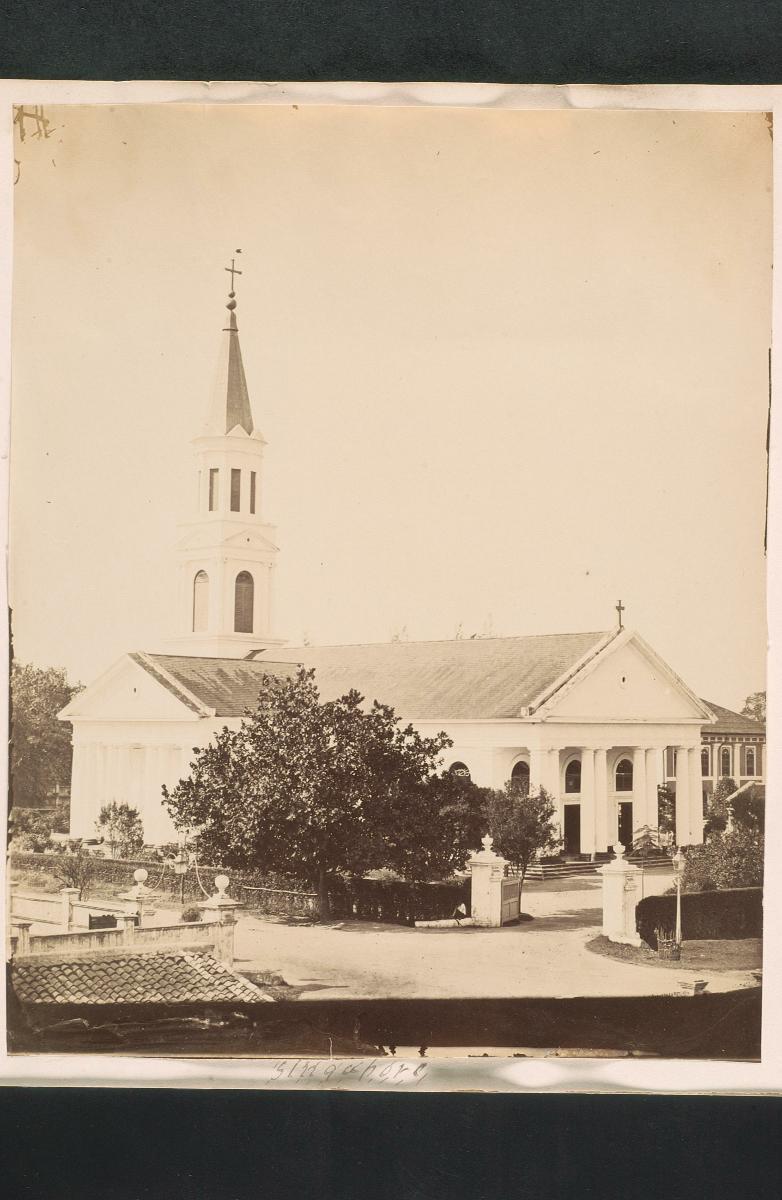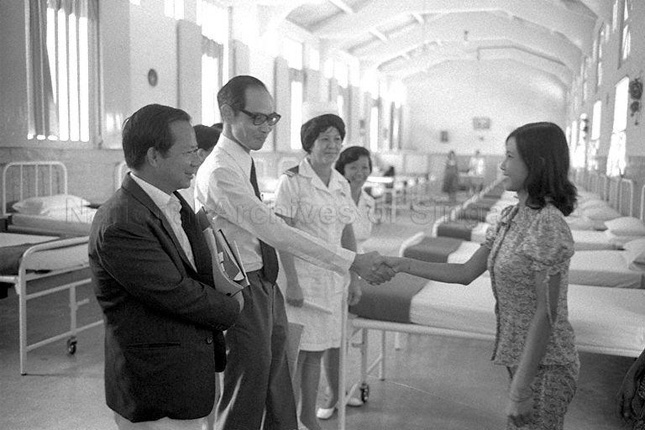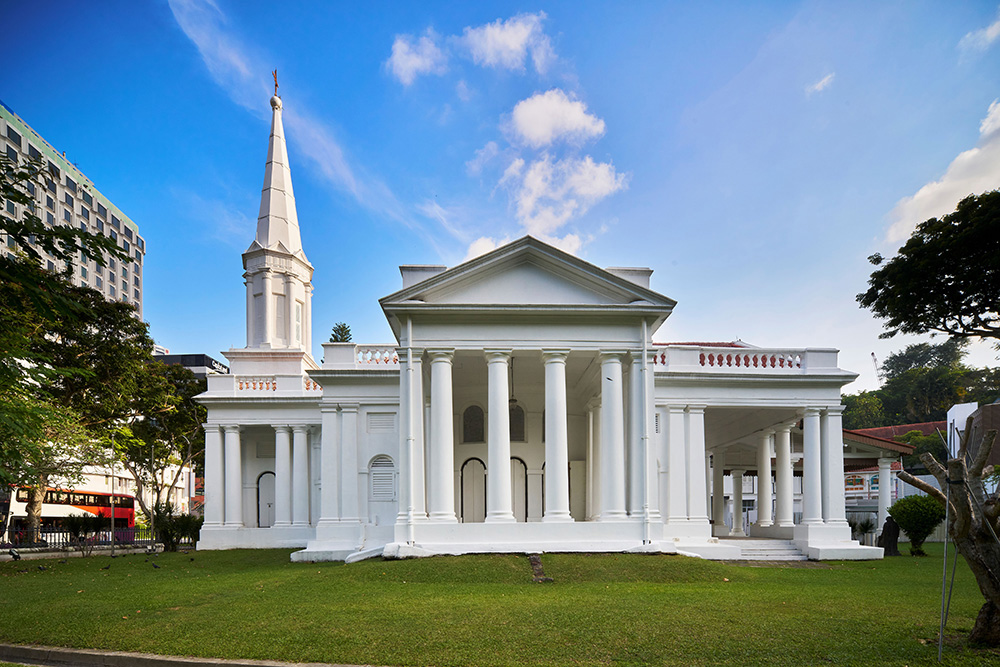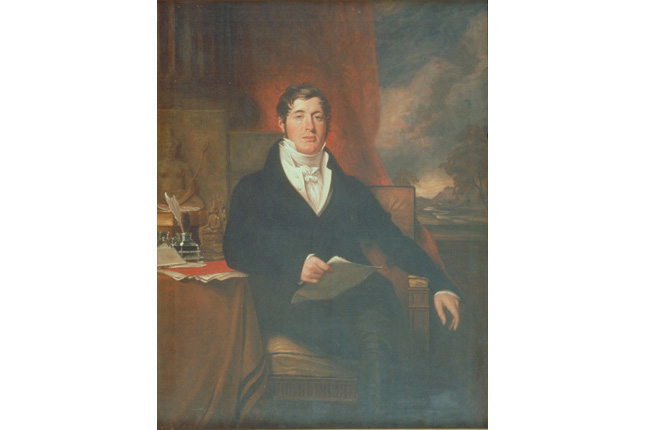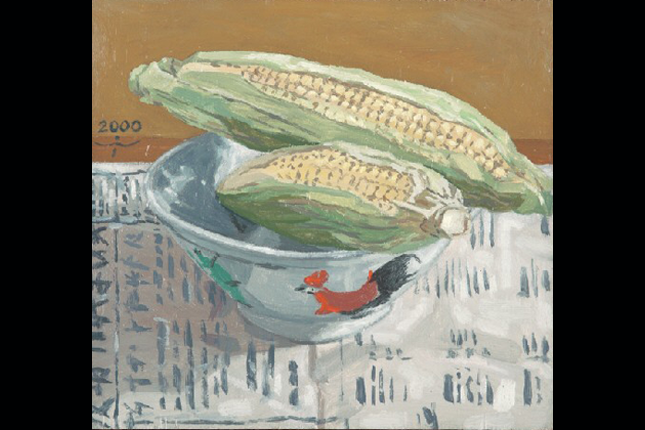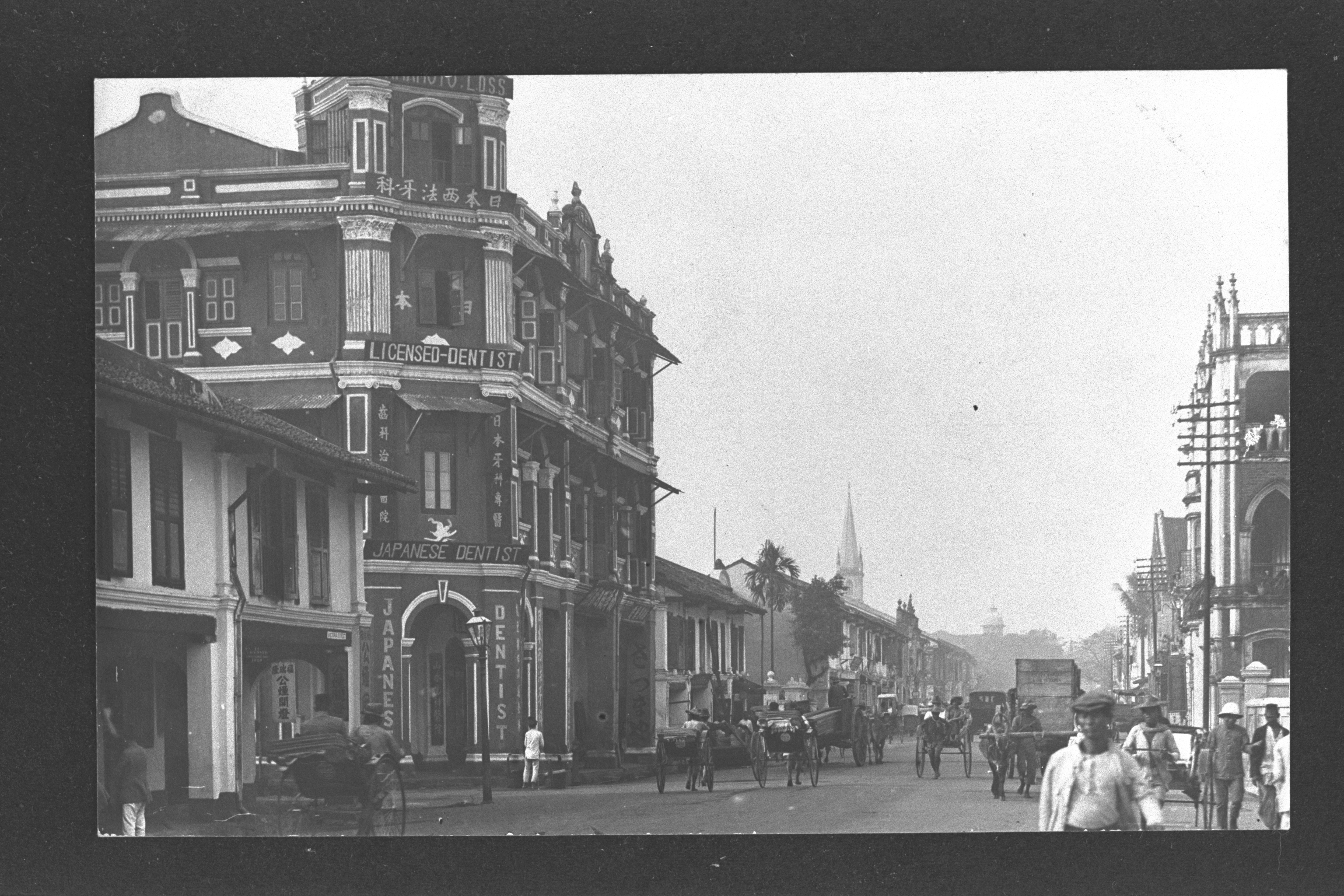The Armenian Apostolic Church of Saint Gregory the Illuminator – commonly called the Armenian Church – is Singapore's oldest Christian church. It was the spiritual home of the small but influential Armenian community living here during the colonial period and continues to serve as a reminder of their contributions to the development of Singapore over the years.
Early Armenians in Singapore
The Armenians were among the earliest merchants and traders to arrive in Singapore after it became a British trading port in 1819. Notable members of this community included Agnes Joaquim, who bred the orchid hybrid Vanda Miss Joaquim, chosen to be Singapore’s national flower in 1981; the Sarkies brothers, who established Raffles Hotel; and Moses Catchik, the co-founder of the English daily The Straits Times.
Initially, the Armenian community worshipped in a makeshift chapel fashioned in the back premises of John Little & Company located at Commercial Square (today's Raffles Place). Upon request, the British authorities then offered them a parcel of land at the foot of Fort Canning Hill for a permanent church. Local Armenians raised half of the construction cost for the new church; the remainder was borne by the Armenian communities in India and Java, as well as European and Chinese merchants in Singapore.
Proper Church for the Armenian Community
On 1 January 1835, the foundation stone was anointed by Supreme Archimandrite Reverend Thomas Gregorian. He also opened and consecrated the new church on the Easter Sunday of 1836, assisted by Reverend Catchick Johannes, the priest assigned to the local Armenian community. The church was dedicated to Saint Gregory the Illuminator, who was the first Patriarch of Armenia, the first nation in the world to adopt Christianity as the official religion.
Architecture and Furnishings
The Armenian Church was designed by George D. Coleman, an Irish architect who was the first Government Superintendent of Public Works and town planner of early colonial Singapore. It bore semblance to the Mother Church of the Armenian Apostolic Church in Etchmiadzin in northern Armenia. Built in the plan of a cross, the Armenian Church in Singapore features large Doric columns and a triangular pediment at the end of each of its four arms. Three of its porticos were originally porte-cocheres (carriage porches) offering shelters to worshippers and visitors when they arrived at the church in their horse-drawn carriages. Steps at the porticos were added later when the porte-cocheres were converted for pedestrian use.
The Armenian Church originally had a bell turret with a conical dome. This was replaced in 1847 by a square tower, and again in 1853 by the current belfry, designed by the English architect George Maddock. The church interior is distinctive for its circular design, not found in other churches in Singapore.
Coleman’s works - including the first Saint Andrew’s Church, the Former Parliament House, and Caldwell House - reflect his sensitivity to the tropical climate. The Armenian Church is no exception. It has numerous windows and doors that ventilate the church interior. Within the church are pews dating back to before the Japanese Occupation (1942–1945); these seats have backs made of woven rattan for maximum coolness and comfort. They are adorned with beautiful carved crosses and geometric patterns that represent the Holy Trinity.
In the sanctuary stands the altar. Its altarpiece is a painting of the Last Supper – the last meal Jesus had with his disciples before his crucifixion – framed in dark, fluted wood and topped by a cross. On the front of the marble altar is a monograph of the phrase ‘Christ our Saviour’ in Armenian initials. The altar rail, decorated with a repetitive trefoil pattern, demarcates the sanctuary from the prayer hall. Memorial plaques in both Armenian and English are set in the walls around the hall.
Around the Church
The parsonage – a two-storey colonial-style bungalow – stands beside the church. It was the residence of the priest appointed by the Armenian Archbishop of Persia to minister to the local Armenian community. The last resident priest of the Armenian Church left Singapore in the 1930s; no replacement was ever sent thereafter due to the dwindling number of Armenians in Singapore. Presently, the Armenian Church’s trustee lives in the former parsonage.
Across the parsonage, tombstones of prominent Armenians – including Agnes Joaquim – stand in the Garden of Memories, bearing testimony to the Armenian presence in Singapore. These tombstones were recovered from the exhumed cemeteries at Fort Canning Hill and Bukit Timah.
Armenian Apostolic Church of Saint Gregory the Illuminator Today
In 2011, the Armenian Church in Singapore organised a series of religious, cultural, and social activities to commemorate the 175th anniversary of the church’s consecration. Orthodox and Eastern Catholic divine liturgies continue to be held in the church occasionally.
Our National Monuments
Our National Monuments are an integral part of Singapore’s built heritage, which the National Heritage Board (NHB) preserves and promotes for posterity. They are monuments and sites that are accorded the highest level of protection in Singapore.




